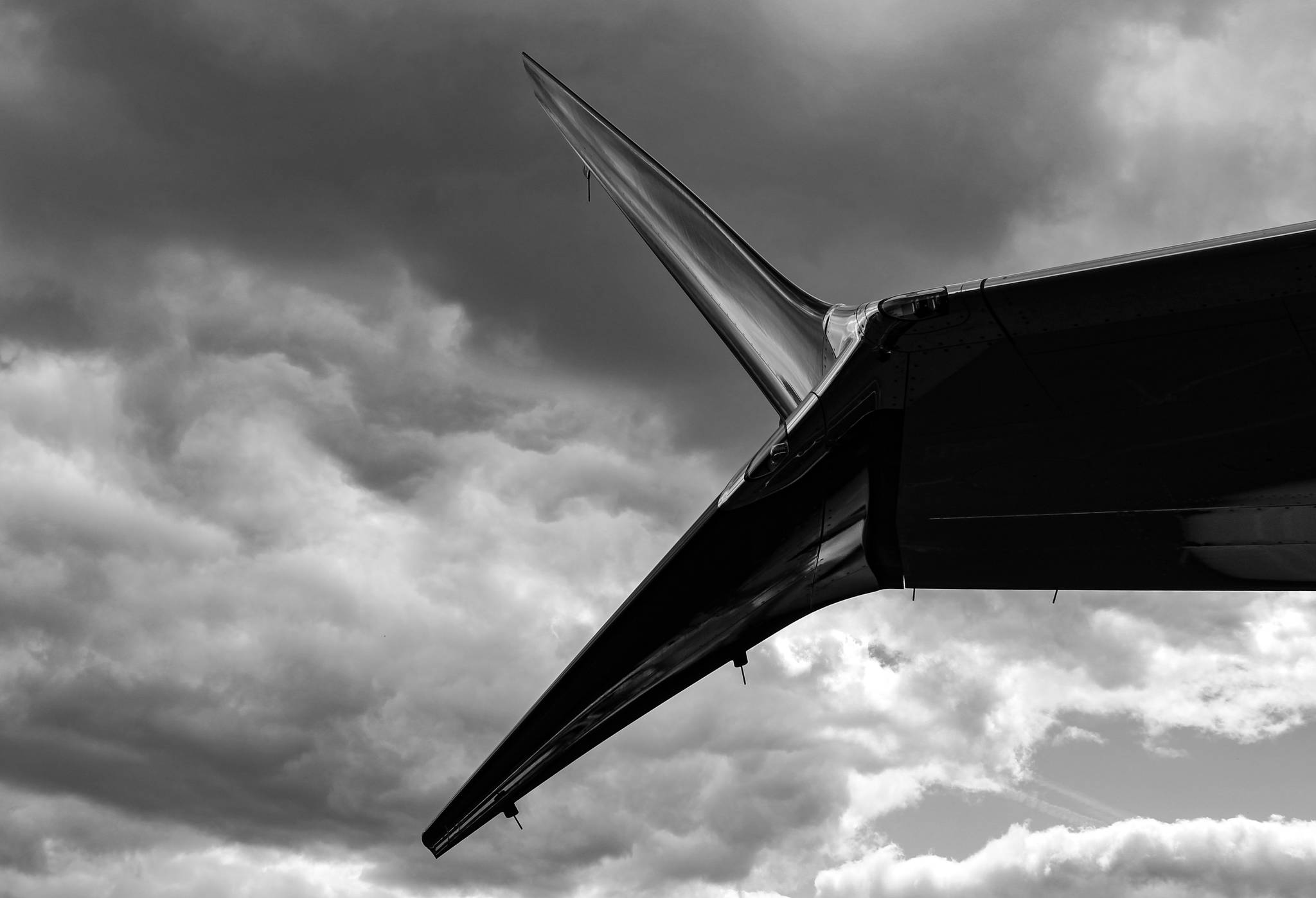By Jerry Smetzer
The aviation news this week is the restart of flight testing on Boeing’s 737 Max. Apparently, Boeing and the FAA hope for an early recertification for commercial flight. I don’t know what kind of a flight testing regime Boeing/FAA is using, but their scheduling i
s premature. I want to know who will be the test pilot in charge of developing the flight test protocols, the conduct of the test flights, the data analysis and reporting and the public distribution of an unedited final report by that test pilot.
Full disclosure: Though I used to be a licensed private pilot, I know absolutely nothing about testing regimes on commercial jet airliners; nor do I know anything about the qualifications or the identities of any Boeing/FAA test pilots.
What I do know is that I have kids and grandkids scattered across all of North America and I like to go visit them at least once every year. Because of the several short hops involved in my visits I want to know if the airplanes I must ride are publicly certified by their actual test pilots to be safe. I am not interested in such assurances by company management or directors, or the marketing department, or even the hired staff of regular test pilots at Boeing/FAA. I want a realistic assessment, in public, by the chief test pilot for the 737 Max of the odds that any 737 Max I must ride to visit my kids will ever suffer a catastrophic failure in any of the airliner’s critical power and /or flight control systems.
I’m sure Boeing/FAA and almost every interest group, travel group and lobbyist for the commercial airline industry will give me every assurance that commercial flying is absolutely safe and the chance of the kind of failure that I’m worried about is very close to zero. I agree with all of that, of course, unless we are talking about the 737 Max. Boeing/FAA headquarters in South Carolina has not been very open in discussing their flight control problems with the 737 MAX but it seems clear that two of them had catastrophic failures in their computerized flight control systems; one in October 2018, the other in March 2019. In those wrecks, 346 people were killed.
So the question is: Where do we find test pilots with enough of the skills, abilities, experience and imagination to know from personal experience dealing with catastrophic failure in flight how to push a commercial jet liner into a test flight situation that is unknown and unknowable; a flight situation that has never been seen as even a remote possibility and has, therefore, never been identified planned for or trained for?
Prior to the crashes of the 737 Max there were two major aircraft crashes that occurred because of catastrophic failures in the flight control systems. One, United Airlines Flight 232 out of Denver’s Stapleton Airport to Chicago O’Hare on July 19,1989. The interested reader should Google United Airlines Flight 232 for details on this crash. Basically the pilots led by Captain Al Haynes, had to bring the plane back down to earth with two engine throttles. The ailerons, elevators and rudder all rendered useless when the mid tail engine exploded.
My second example is US Airways flight 1549 out of New York’s La Guardia en route to Charlotte, North Carolina on Jan. 15, 2009. As Captain “Sully” Sullenberger climbed through 2,800 feet their aircraft, an Airbus 320-214 with two wing-mounted engines were suddenly struck by birds. Here again ,the details are available by Googling US Airways Flight 1549. Basically bird strikes wiped out the two engines on the Airbus 320-214 but did leave the flight control surfaces functional.
Long story short… Captain Sullenberger and Captain Haynes are each the kind of experienced pilots I would trust to design their own flight tests and tell me, publicly, in their final report if the 737 Max is safe to fly.
• Jerry Smetzer is a longtime resident of Juneau. Columns, My Turns and Letters to the Editor represent the view of the author, not the view of the Juneau Empire. Have something to say? Here’s how to submit a My Turn or letter.

